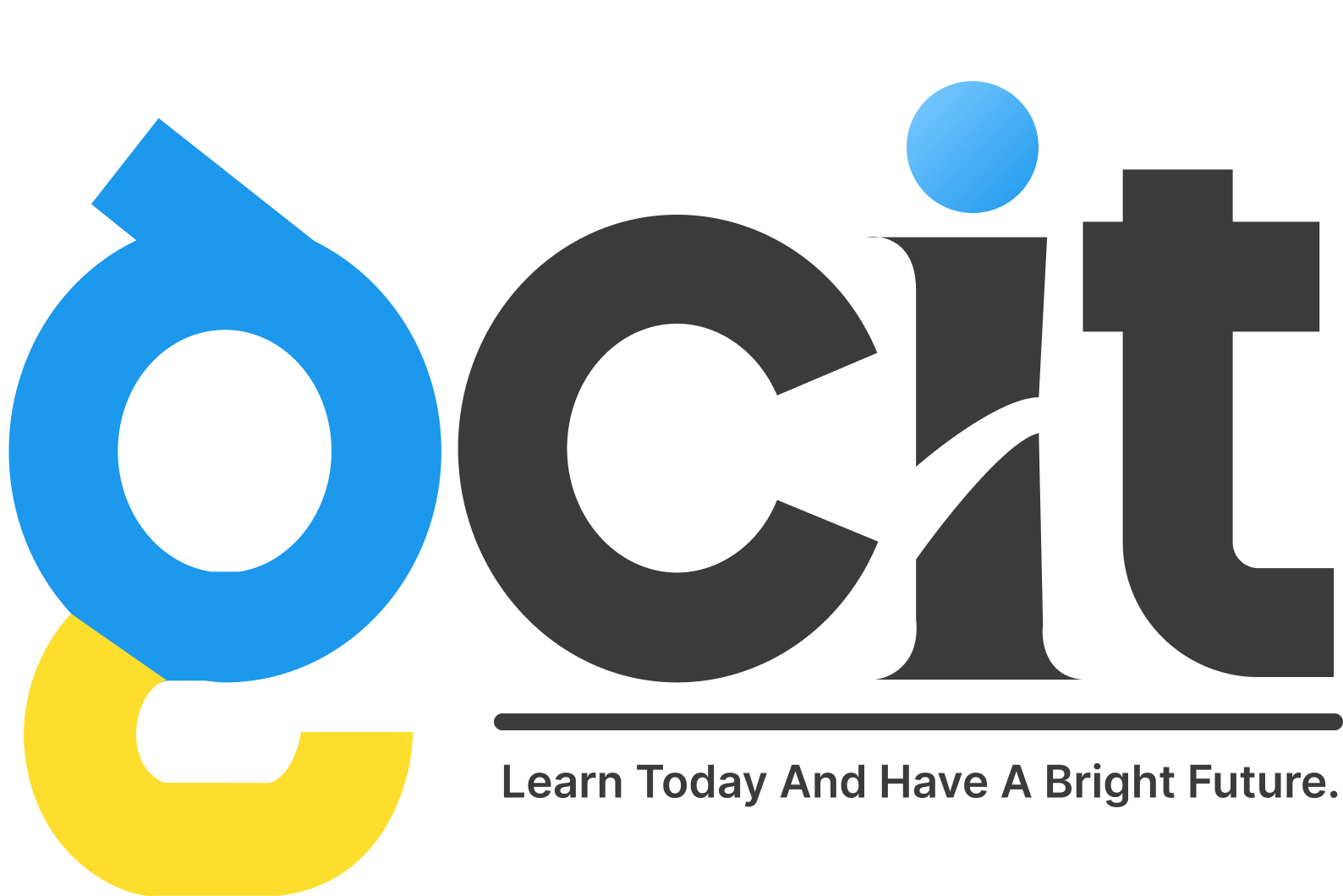Introduction:

Facebook ads campaigns for clients are one of the most effective ways to reach your audience, but it can be hard to manage them if you’re not familiar with the platform. If you’re not a digital marketer, it needs a advanced digital marketing course for Facebook Ads might seem like a mysterious black box that only old marketers know how to use. You don’t have to worry though! In this article we’ll show you how simple it is and what steps need to be taken so that your client gets results from their ads campaigns.
Set up a campaign:
Before you start managing Facebook ads, it’s important to set up a campaign. This is where you choose the right objective and audience for your ad campaign.
Once you’ve chosen an objective (e.g., “Get new customers”), it’s time to decide on which audience groupings would be most appropriate for this particular objective. A good rule of thumb here is to look at what kind of people use Facebook—do they tend toward buying products or services? If so, then maybe that’s who should see the ads!
Next comes placement: Where will these ads show up? Are they only going live when someone searches for something specific? Or could they appear in News Feeds as well as News Feed Ads (the latter being just another way of saying “Facebook Ads”)? There are many options here; however it’s best not go with anything too complicated because that makes things harder later when trying out different placements or audiences within those placements.
Gather data:
Next, you’ll want to gather data. Data can be used in many ways:
- To determine what kind of ads are working best for your clients. This will help you figure out which types of ads are most effective at driving the results you want, so that you can continue using them in future campaigns.
- To make better decisions about timing and placement for different ads based on previous results (for example, if an ad was performing well when it was shown at 8pm but stopped performing after that time). You’ll also be able to see whether there’s any correlation between dayparting and performance—if one daypart performed better than others, does this mean people don’t visit Facebook during certain hours?
Optimize for the right metric:
- Define what the right metric is for your campaign.
- Use this metric to improve your campaign.
- Define a few examples of metrics that are not the right one for your campaign and why they’re not so good as a proxy for success.
Review your targeting strategy:
Once you’ve created your ads, it’s time to review them. Look at the data and determine whether or not your targeting strategy is working. If there are certain keywords that aren’t showing up as much in organic search results, then look at optimizing those keywords by adding more negative keywords and/or broadening them (adding “business,” “marketing,” etc.).
Once you have an understanding of how many impressions per day each ad set and ad get, as well as what type of audience saw those ads (i.e., people who clicked on them), it’s time to optimize! This means modifying certain things like budget and placement based on what kind of feedback we’ve gotten from our advertisers so far—this includes both positive comments about their campaigns’ performance but also some negative ones if any were received during the testing phase which we’ll talk about later soon enough.
Add images and videos:
While this may seem obvious, adding images and videos to your ads is the best way to grab attention. Remember that your Facebook ads are only seen by people who have visited your page or someone else’s page that you’re targeting. If they don’t see it, then no one will see it! So remember: make sure the image or video looks great on mobile devices and has a clear call-to-action (CTA).
If you want to be more targeted with video ads, try using longer videos like twenty seconds or so—but keep them short enough so people can watch them without getting bored! You also want each ad unit to include an individual CTA button at the end so users know what action they should take after watching their video ad.
Use multiple ads in each ad set:
When you’re running multiple ads in each ad set, it’s important to be strategic. The first thing to consider is your audience and where they are. Are they all over the age of 18? Are they all looking for a new job? Do you want them to buy something from your company?
If so, then you need to use different ads for each audience type. For example:
- You could run one ad on Facebook for people who like cars and another ad on Facebook that targets only those who have recently purchased a new car (or even saved up their money). This way when someone sees both types of ads at once—they’ll see which one might be more relevant for them based on their interests!
Create a lookalike audience:
To create a lookalike audience, go to the Ads Manager and click “Create Audience.” From here, you can choose any page on Facebook or your website. You’ll then be able to choose whether or not you want people who like that specific piece of content (or people who have liked it before) in the audience—and if so, how many of them there should be.
You can also create multiple audiences from one event by clicking “Create Audience” under ‘Events’ in the left column under ‘Audiences.’ This will allow for more flexibility when targeting different groups within an event based on their interests or demographic data points such as age bracket or gender identity.”
Optimize for conversion value:
- Optimize for conversions.
- The goal of optimizing for conversion value is to get users who have shown interest in your product or service, but haven’t yet taken the step of clicking on your ad to convert. This means that you’re trying to get people who have visited your page, but haven’t yet clicked through and completed their purchase or other goal (like signing up).
- Why is it important to optimize for conversion value? Because it’s more efficient than optimizing for clicks and leads; in fact, Facebook actually penalizes ads that don’t produce enough conversions! For example: If someone visits my website and sees an ad on Facebook explaining how I can help them solve their problems with Excel spreadsheets and they decide they’d like me as a consultant (which happens), then there’s no need for me to do any additional work if all we’re interested in doing is getting them over here so we can get some money from them later—it’ll already be done by my company’s efforts alone! But if instead those same people had clicked on our post about consulting services before reading anything else about us online…that would be great because now we’ve got something called “conversion value” which means we’ve got another chance at selling ourselves directly rather than just having potential customers come across our site via organic search results.”
With these steps you can now manage Facebook Ads for clients properly:
Facebook ads can be a powerful tool for your business. The right ad type, audience targeting and budget will help you reach the right people in your market with the right message. Here’s how to manage Facebook Ads for clients properly:
-
- Use the right ad type
- Use the right audience targeting
- Use the right budget
- Use bid types that are relevant to your business goals (e.g., “targeted” vs “optimized”).
Conclusion:
With the right knowledge, you can now manage Facebook Ads for clients properly. With these steps and the right mindset, you’ll be able to use the platform in a way that drives results for your business.


